How to Optimize Workflow with Vacuum Glass Lifters in a Busy Warehouse
Among the most impactful innovations are vacuum lifters, which streamline the handling of flat, smooth surfaces—like glass, metal sheets, and composite panels—without the need for clamps or slings.
In today’s fast‑paced logistics environment, efficient material handling equipments is vital for meeting tight delivery schedules, reducing labor costs, and minimizing product damage. By integrating vacuum lifters strategically alongside scissor lifters, slab lifting automatic devices, overhead gantry cranes, and mounted jib cranes, warehouses can achieve dramatic gains in throughput and safety. This guide explores how to optimize your warehouse workflow with vacuum lifters, complemented by the right ancillary equipment and best practices.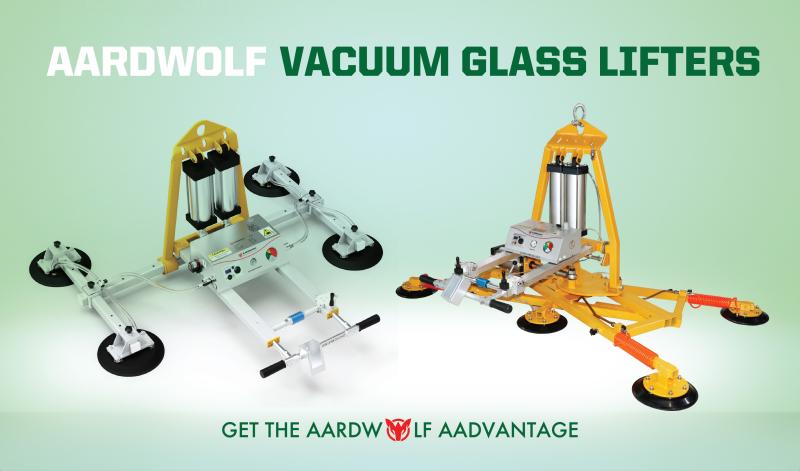
Understanding Material Handling Challenges in Busy Warehouses
The Impact of Inefficient Material Handling
When handling material in a warehouse, every unnecessary step adds time and cost. Common consequences of inefficient layouts and equipment include:
-
Increased Cycle Times: Excessive manual handling and repositioning slow down order fulfillment.
-
Higher Labor Costs: More personnel are needed to handle the same volume of goods.
-
Product Damage: Traditional clamps or improper handling techniques can scratch or crack delicate surfaces.
-
Safety Risks: Manual lifts strain workers physically, leading to higher injury rates.
Addressing these pain points is crucial for staying competitive in the material handling industry.
Common Pain Points: Congestion, Damage, and Ergonomics
-
Congested Aisles: Forklifts, pallet jacks, and manual handlers competing for space creates bottlenecks.
-
Surface Damage: Using hooks or straps on glass or sheet metal often leads to costly rework.
-
Ergonomic Strain: Repetitive bending, lifting, and twisting contribute to musculoskeletal disorders (MSDs).
Optimizing workflows requires both the right material handling equipment and a well‑planned facility layout.
Vacuum Glass Lifters: A Solution for Streamlined Handling Material
How Vacuum Glass Lifters Work
A vacuum glass lifter creates negative pressure between suction pads and the load surface. Key components include:
-
Vacuum Pump: Generates the suction force.
-
Control System: Monitors vacuum levels and triggers alarms if pressure drops.
-
Suction Pads: Made from durable, non‑marking rubber to protect surfaces.
-
Load Frame: Attaches to overhead trolleys or cranes.
The vacuum glass lifter can handle up to 1,000 kg, with integrated rotation and tilt features for precise placement.
Benefits of Vacuum Lifters
-
Zero Surface Damage: No mechanical clamps contacting the load.
-
Rapid Cycle Times: Attach/release in seconds, speeding up handling processes.
-
Ergonomic Operation: Reduces physical strain by eliminating manual gripping.
-
Versatility: Adjustable pad configurations accommodate various sheet sizes.
By replacing manual lifts or mechanical clamps with vacuum lifters, teams can reduce cycle times by up to 30% and nearly eliminate surface defects.
Use Cases and Applications
-
Glass Distribution Centers: Rapid transfer of panels from racks to packing areas.
-
Metal Fabrication Shops: Safe handling of cut sheets without edge damage.
-
Composite Panel Manufacturing: Sensitive materials benefit from non‑contact lifts.
Integrating Vacuum Lifters into Your Warehouse Layout
Placement and Coverage Strategies
To maximize benefits, vacuum lifters should be positioned:
-
Over Picking Stations: Above conveyors or worktables to lift items directly into boxes.
-
Near Storage Racks: Minimizing travel from storage to processing areas.
-
At Loading Docks: To swiftly transfer sheets onto outbound vehicles.
A digital layout map helps identify high‑volume zones where automated vacuum lifters yield the greatest ROI.
Coordinating with Overhead Systems
Overhead solutions provide the backbone for suspended lifters:
-
Overhead gantry crane: Spans large bays, carrying vacuum lifters across multiple zones without floor obstruction.
-
Mounted jib crane: Serves individual work cells or machine‑tending stations with 180°–360° coverage.
By integrating vacuum lifters onto these cranes, material handling teams create a seamless, floor‑space‑free lifting network.
Workflow Synergies with Scissor Lifter and Slab Lifter
-
Scissor clamp lifter: Adjusts height precisely, aligning loads with conveyors or assembly stations to reduce repositioning.
-
Slab lifting automatic devices: Designed for heavy stone or concrete panels, complementing vacuum lifters in mixed‑material facilities.
Combining vertical height control and heavy‑panel handling expands your material handling toolkit, enabling cross‑functional workflows.
Complementary Equipment and Tools for Optimal Workflow
Lifting Clamps for Irregular Loads
While vacuum lifters excel on smooth surfaces, lifting clamps are ideal for:
-
Steel Beams: Mechanical grip on flanges.
-
Timber Logs: Bark‑friendly jaws.
-
Custom Shapes: Adjustable to non‑standard profiles.
Clamps integrate with overhead trolleys to handle loads that vacuum pads cannot adhere to.
Securing Loads with Heavy Duty Ratchet Straps
After lifting, ensure loads remain stable during transit with heavy duty ratchet straps:
-
Select the Correct Strap Rating for your load’s weight.
-
Anchor to Fixed Points on trolleys or flatbeds.
-
Tension Evenly to prevent shifting and edge damage.
Proper load restraint is crucial in busy facilities to avoid accidents and product damage.
Best Practices for Implementing Vacuum Lifters
Training and Safety Protocols
-
Operator Certification: Hands‑on training for vacuum lifter controls, pad placement, and emergency release.
-
Daily Inspections: Check pad integrity, hose connections, and vacuum levels.
-
Safety Zones: Mark areas beneath suspended lifters to keep personnel clear during operation.
Comprehensive training ensures operators can leverage vacuum lifters safely and effectively.
Preventive Maintenance and Service
Implement a maintenance schedule that includes:
-
Weekly Pad Cleaning: Remove debris to maintain seal effectiveness.
-
Monthly Pump Check: Monitor oil levels and filter condition.
-
Quarterly System Calibration: Verify vacuum gauges and alarms.
Partner with reputable material handling companies for service contracts to keep equipment running at peak performance.
Measuring Success: KPIs and ROI
Key Performance Indicators
Track the following metrics to quantify improvements:
-
Cycle Time Reduction: Measure average lift‑to‑placement duration pre‑ and post‑vacuum lifter integration.
-
Damage Rate: Compare surface defects for handled materials.
-
Labor Efficiency: Calculate FTE hours per unit handled.
-
Equipment Uptime: Monitor operational availability of vacuum lifters and cranes.
Case Studies from the Material Handling Industry
-
Glass Warehouse: Implemented vacuum lifters on jib cranes—throughput increased by 35%, and panel losses decreased by 80%.
-
Metal Fabrication Plant: Combined slab lifters and vacuum lifters—manual handling steps reduced by 50%, freeing operators for value‑added tasks.
Solid data underscores the compelling ROI of advanced lifting equipment in the material handling industry.
Future Trends in Material Handling Equipment
Automation and Smart Integration
-
IoT‑Enabled Lifting Systems: Real‑time telemetry on vacuum pressure, cycle counts, and pad health.
-
Autonomous Mobile Lifts: AGVs equipped with onboard vacuum lifters for hands‑free material transport.
Sustainability and Green Operations
-
Energy‑Efficient Drives: Low‑power vacuum pumps and regenerative crane motors.
-
Eco-Friendly Materials: Recycled rubber pads and bio‑based hydraulic fluids for scissor lifters.
Staying ahead of these trends will keep operations lean, green, and competitive.
Conclusion
Integrating vacuum glass lifters into a busy warehouse layout is a proven strategy for optimizing material handling equipments workflows. By combining vacuum lifters with scissor clamp lifters, slab lifting automatic devices, lifting clamps, and overhead systems like the overhead gantry crane and mounted jib crane, companies can achieve:
-
Faster Cycle Times: Up to 30% reduction in material transfer durations.
-
Improved Safety: Ergonomic operation and secure load restraint with heavy duty ratchet straps.
-
Lower Damage Rates: Near elimination of surface defects on delicate loads.
-
Labor Optimization: Redeployment of staff to higher‑value tasks.
As the material handling industry evolves, embracing these specialized lifting technologies and best practices will be key to maintaining a responsive, cost-effective, and safe warehouse operation. Partner with leading material handling companies to design, implement, and support your material handling equipment strategy—ensuring your facility remains at the forefront of efficiency and innovation.


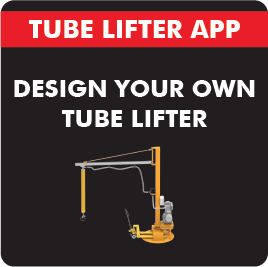

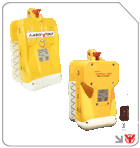
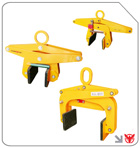
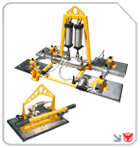
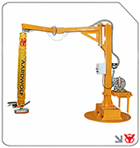
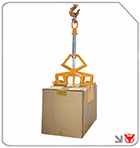
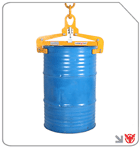
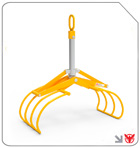
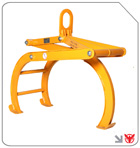
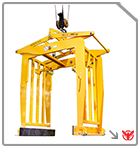
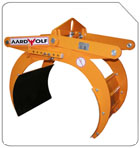
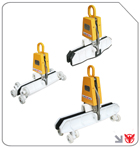
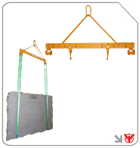
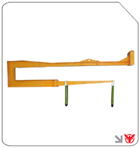
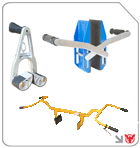
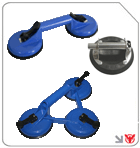

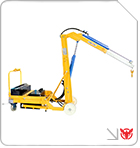
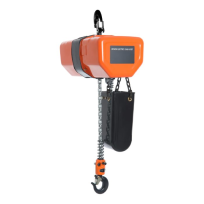
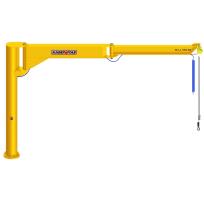
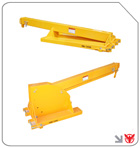
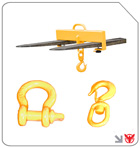
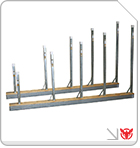
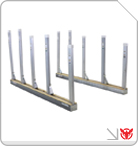
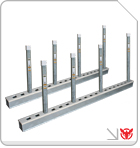
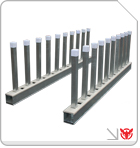
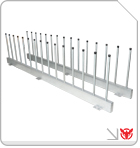
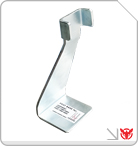
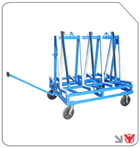
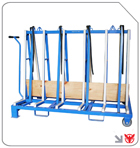
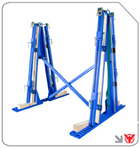
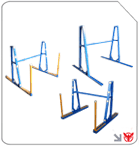
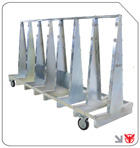
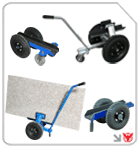
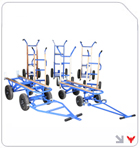
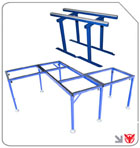
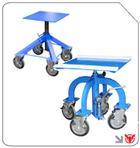
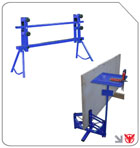
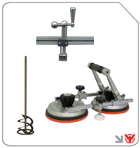

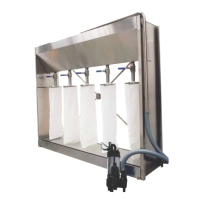
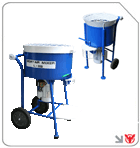
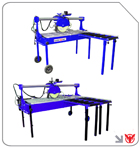
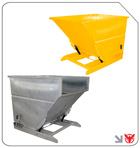
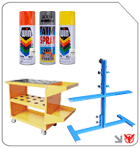

Follow us on: